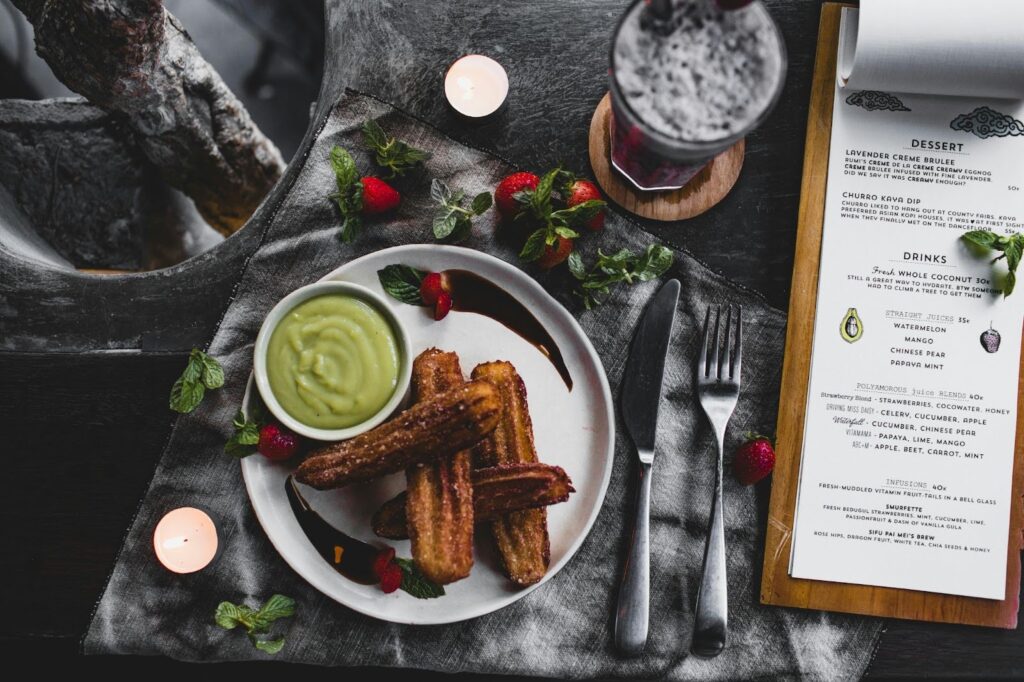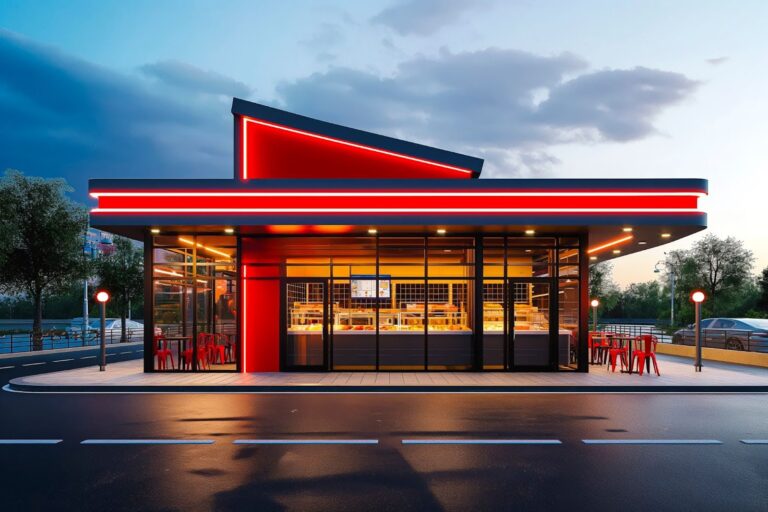Ingredient Costs Are Up (Again). Here’s How to Stay Profitable Anyway.

If you run a restaurant in 2025, you’ll feel the pressure: ingredient prices just keep climbing. Eggs are up over 50%. Beef’s not far behind. And suddenly, something as simple as adding steak tacos to your menu becomes a decision on how to stay profitable.
It’s easy to feel stuck, especially when everything seems more expensive and guests are ordering less. But staying profitable in this climate isn’t about raising prices across the board or cutting corners. It’s about getting smarter with what you can control.
We work with restaurants every day that are facing the same thing, and the ones who come out ahead are the ones willing to rethink the way they manage costs, prep, and pricing. So let’s dig into what actually works.
The Numbers Are Real – and They’re Not Going Away
Compared to just five years ago, food costs are up nearly 40%. For some categories—like eggs or protein—it’s even worse. Add in ongoing labor shortages, transportation delays, and climate-related supply disruptions, and it’s clear: this isn’t just a temporary blip.
At the same time, your customers are feeling the pinch too. Maybe they’re skipping the appetizer, ordering one less drink, or opting for takeout instead of dining in. That means your margins are tighter—and your wiggle room is shrinking.
But it doesn’t mean you’re out of options.
Before You Do Anything Else, Get Clarity on the Costs
You can’t make smart changes if you don’t know where the money is going.
Start by reviewing your usage and inventory weekly. That’s the only way to catch issues in real time—not two weeks later when your food cost report shows a surprise spike. Compare actual vs. theoretical food costs. Run your recipe costing tools monthly. Flag what’s drifting too far from your targets.
And don’t sleep on the little things – like waste logs. If prep waste is creeping up or portioning isn’t consistent, you’re losing money quietly every shift.
Tools like MarginEdge can help automate this stuff, so you’re not managing it in a spreadsheet or (worse) not at all.
Rethink What’s On the Menu
You don’t need to do a full overhaul—but if you’re not evaluating your menu regularly, chances are good there’s room for improvement.
Look at which items have solid margins and strong sales. Those are the ones to lean into. If you’ve got dishes that are expensive to make and don’t pull their weight? Rework or replace them.
Bundled items can help increase check sizes. Slight price bumps—just 5–7% on select high-margin dishes—can go a long way. Most guests won’t even blink if the food still delivers.
And keep in mind: the best changes often aren’t flashy. They’re strategic.
Smaller Portions, Bigger Impact
This one’s simple: if food’s coming back to the kitchen uneaten, you’re throwing money away.
We’re not talking about shortchanging guests—we’re talking about dialing in the right portion size. That includes sides, garnishes, and anything else that’s going on the plate out of habit. Most of the time, it’s not about less—it’s about better.
Watch what gets left on the plate. Standardize prep. Get the portion right, and you’ll reduce waste, cut costs, and make service smoother for your team.
Talk to Your Vendors
Too many restaurants treat vendor relationships like set-it-and-forget-it deals. But in a market like this? That’s a missed opportunity.
Check in regularly. Ask about seasonal swaps or lower-cost alternatives. Negotiate fixed pricing where you can. And yes – shop around once in a while to make sure you’re still getting fair terms.
The best vendor relationships are partnerships. Keep the conversation open.
Waste Adds Up – Fast
Most restaurants waste 4–10% of their food before it even hits a plate. That’s thousands of dollars a year gone.
Use FIFO for everything. Repurpose trim into staff meals, soups, or sauces. Create specials that move slow movers. Train your team on how to store and handle ingredients properly.
And remember: even a 1–2% improvement here can mean real money back in your pocket.
Too Many Menu Items = Too Many Headaches
The bigger your menu, the more inventory you need to carry. And the more you carry, the harder it is to manage spoilage, waste, prep time, and execution.
Streamlining isn’t just a cost play—it’s an operations win. Focus your menu around top sellers. Find ingredient overlaps that let you simplify orders. Trim the dishes that slow down service.
A leaner menu is easier to run, and often more profitable.
Cross-Train Your Team
A well-trained, flexible team saves money—even if your labor costs stay the same.
When cooks can jump between stations or fill in where needed, you can adjust staffing without scrambling. That matters when you’re trying to run leaner without burning out your people.
Cross-training also improves morale. It helps people feel like part of the bigger picture. And that shows up in your service.
Use Tech That Actually Helps
Inventory tools. Recipe costing. Automated vendor updates. There’s tech out there that does more than track sales or clock-ins.
The best restaurant platforms give you real-time insight into what’s changing—so you can react quickly, not three weeks too late. If you’re not using that kind of visibility yet, it might be time to explore your options.
Have a Handle on Cash Flow
We can’t stress this one enough. A simple 13-week cash flow forecast helps you plan- not panic.
It shows you when bills hit, when income slows, and how to manage purchases and payroll around those swings. It won’t stop prices from rising – but it will help you stay ahead of them.
And if you need help building that forecast? That’s where we come in.
The Bottom Line
You can’t control the market. But you can control how you respond to it.
When ingredient costs go up, the answer isn’t to cut quality or throw up your hands. It’s to tighten systems, look at the numbers, and make smart changes that protect your margins without breaking your operations.
And if you’re not sure where to start, we’ll help you find your footing.
At U-Nique Accounting, we work with restaurants like yours every day. We help you make sense of your numbers, run leaner kitchens, and build plans that actually work.
We utilize Xero to calculate and track your industry-specific costs/ratios to help you properly analyze the financial performance of your business, so you can make timely and meaningful decisions.

By MATT CIANCIARULO



